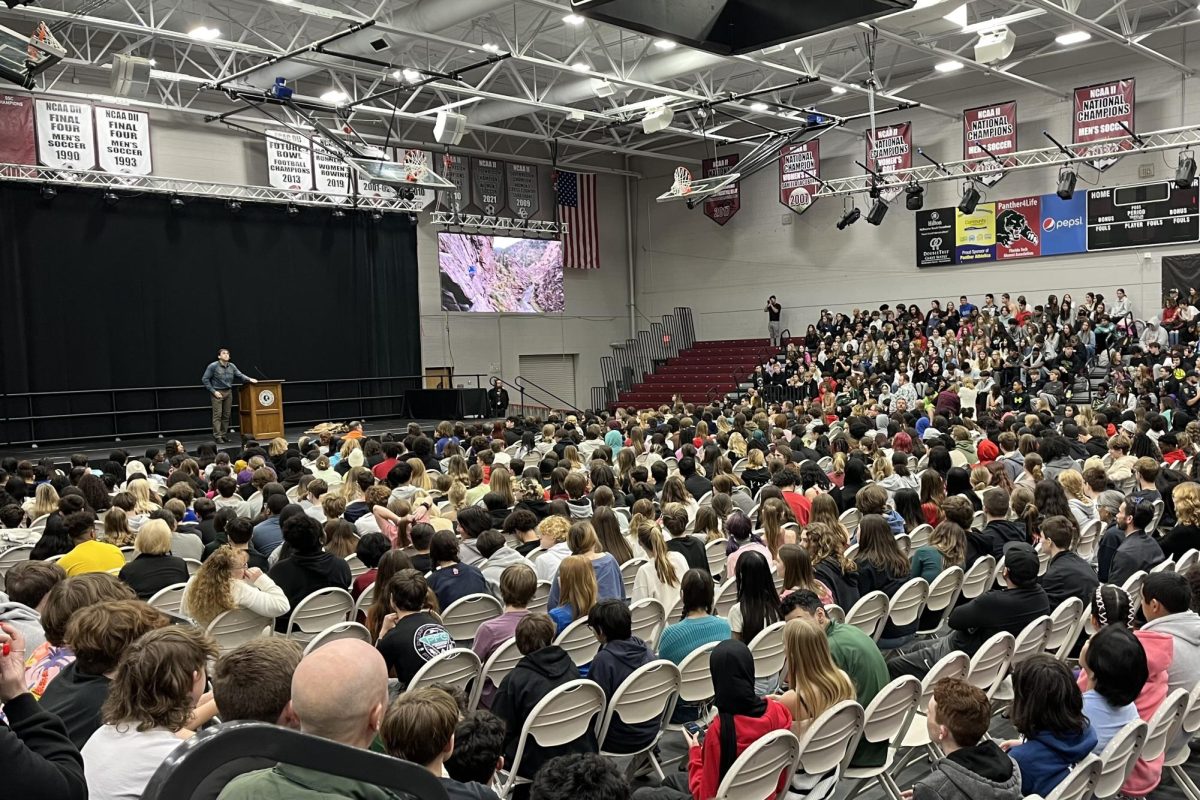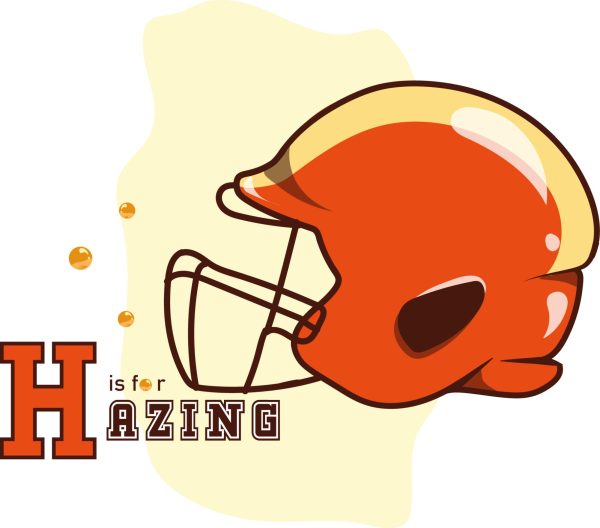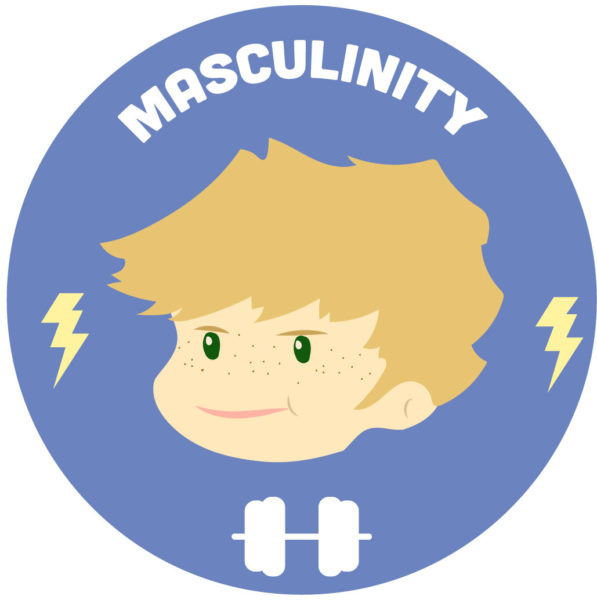School dress code contributes to poor self-image
January 13, 2020
Dress codes have been around for as long as schools have existed but it seems that in recent years, they have gotten more strict. Students, mostly girls, have become more worried about the width of their tank top sleeves, the inseams of their shorts and the lengths of their skirts. The dress code has become a harsh way to target girls at the place where they are supposed to get an education and police them regarding their choice of clothing.
Living in Florida, we have become used to days where temperatures grow to the mid-90s in the afternoons. This is a normal day from around August through October. It is typical for girls to throw on a tank top and shorts during summer vacation but once school begins, they are forced to adhere to the strict dress code and dress in a way that is much more uncomfortable. Girls must put on a cardigan over their tank tops with spaghetti straps and wear shorts that satisfy the demands of the district dress code. But when it is a sweltering temperature outside during lunch in the commons area, most girls want to be able to take off their sweaters or jackets without constantly being worried about being chastised for being “inappropriate.”
It has become much more evident that teachers and administrators have become obsessed with correcting young women’s clothes rather than providing an atmosphere conducive to helping them learn, study and become the next generation that makes a difference in the world. Through this policing of dress code, it has become normal to objectify girls’ bodies and make them feel as if they are doing something wrong by wearing comfortable clothing.
At a school that has grades seven through 12 and educates girls as young as 11, enforcing such a strict dress code causes the younger girls to grow up in a toxic environment that silences their freedom of expression and forces them to believe that their growing bodies are “wrong” and “against the rules.”
At some schools in the country, girls are not allowed to wear certain items of clothing, such as spaghetti straps or leggings because they believe that they pose a distraction to their fellow male classmates. This blatantly sexist belief makes girls feel less valuable than boys at school. In the midst of the #Me Too movement that has taken not just the United States but the entire world by storm, aspects of dress code are much easier to be viewed as discriminatory towards half of the student body.
Instead of worrying so much about the clothes young girls choose to put on their bodies, the administration should be more concerned about the quality of the education they are receiving. If even a fraction of the amount of time that is spent enforcing dress code was spent on the quality of our education, then the school would be a better place to learn, grow and flourish.
Roar staff editorial


![The Melbourne Fire Department recognized coach and custodian Derrick Hamilton on April 16 with the Lifesaving Citizen Award during lunch. I would just react for anyone, Hamilton said. My love for children -- thats what it comes down to. [I am] where I am supposed to be.](https://westshoreroar.com/wp-content/uploads/2024/04/DSC_0639-1-e1713376507113-1200x805.jpg)











